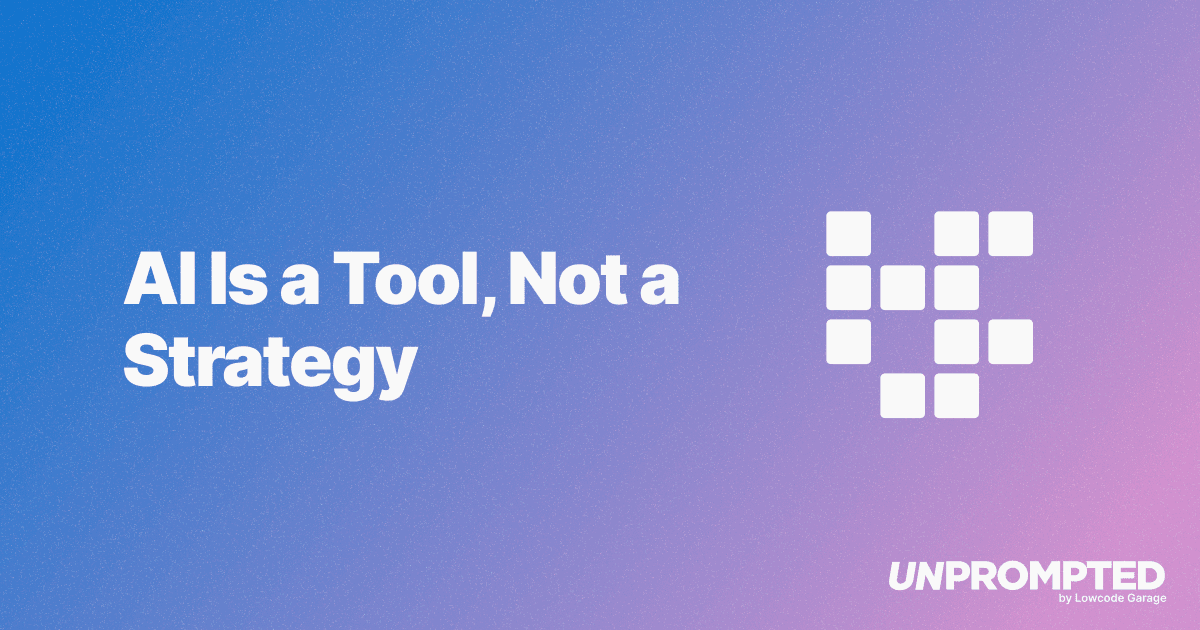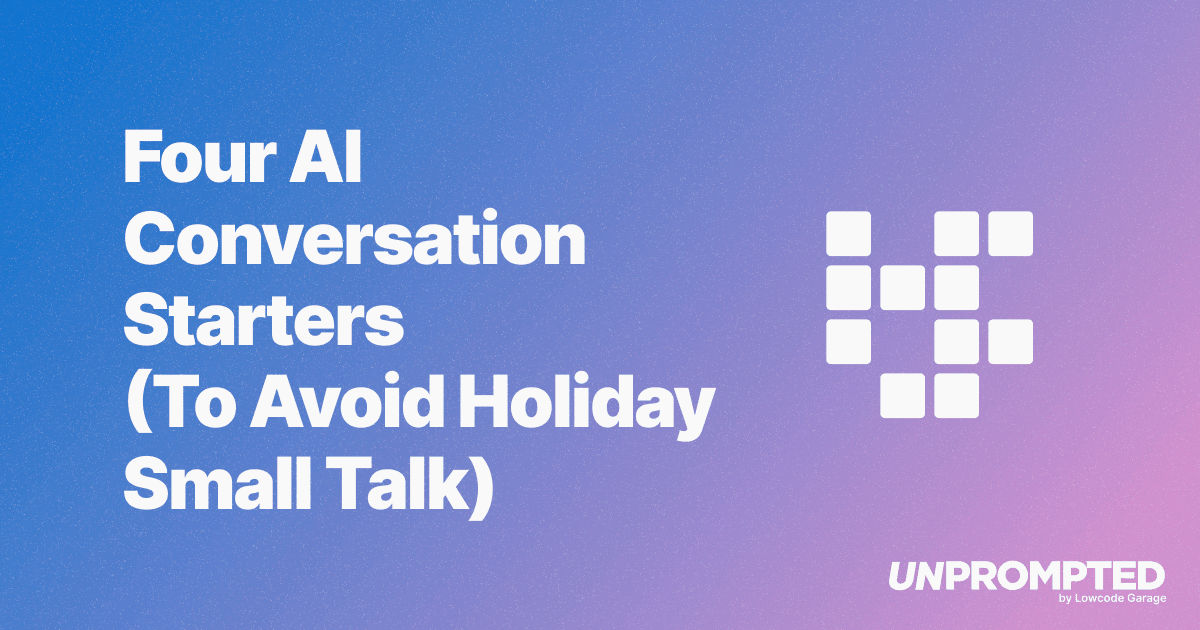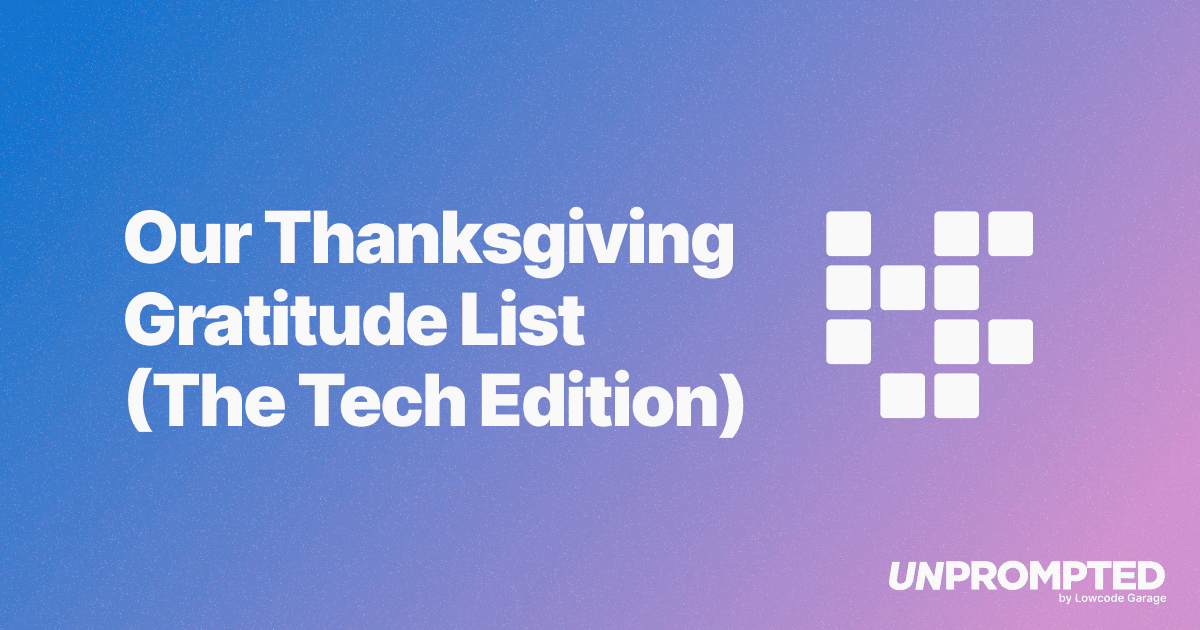Learning to Use AI Just Got 10x Easier — Thanks to Hugging Face
Discover how Hugging Face is democratizing AI and making it accessible for developers, students, and solo founders to learn, build, and launch AI projects.
If you're just starting to learn how to use AI, you might feel overwhelmed — PhDs, research papers, giant companies, complex code.
But what if learning AI was as easy as using an API?
Thanks to Hugging Face, that's exactly what's happening.
Clément Delangue, the founder of Hugging Face, turned down a job at Google to build something more important:
An open platform that makes it easy for anyone — developers, students, solo founders — to learn, build, and launch with AI.
Today, Hugging Face powers millions of AI projects around the world.
You Don't Need a Degree to Use AI Anymore
Until recently, if you wanted to build with artificial intelligence, you needed:
- A PhD
- A team of engineers
- Months of research
Now, all you need is Hugging Face.
It gives you:
- Pretrained AI models (like GPT, BERT, and more) that you can use right away
- Ready-to-use datasets for training and testing
- Simple APIs so you can build AI apps without starting from scratch
If you're learning AI, Hugging Face is one of the best places to start.
For Builders, by Builders: Meet Clément Delangue
Clément Delangue isn't just a tech founder — he's a builder, like many of us.
- At 15, he was flipping ATVs online
- At 17, he became one of France's top eBay sellers
- Later, he turned down Google to build tools that help everyone learn and use AI
He built Hugging Face to make AI tools open and accessible — not just for researchers, but for everyday builders and beginners.
Over 5 Million People Are Already Learning and Building with Hugging Face
More than 5 million users — including solo developers, students, researchers, and startups — are learning how to build AI apps on Hugging Face every day.
You don't need to:
- Join a big company
- Be a machine learning expert
- Have expensive software
With Hugging Face, you can:
- Explore AI models with easy-to-read documentation
- Use beginner tutorials and code examples
- Experiment in your browser or with free tools like Google Colab
It's the best way to start learning how to build with AI.
Start Learning AI Today — No Experience Needed
If you're asking:
- How do I start learning AI?
- What tools should I use to build AI projects?
- Is AI only for experts?
The answer is simple:
Start with Hugging Face.
It's free. It's open. And it's built for you — the learner, the builder, the beginner who's ready to create something new.
Final Thoughts: The Future of AI Is in Your Hands
You don't need a computer science degree.
You don't need a big team.
You just need a good idea — and the willingness to learn.
Hugging Face gives you everything you need to start.
So if you want to learn how to use AI — and build real things with it — there's no better place to begin.
Frequently Asked Questions
Continue Reading

AI Is a Tool, Not a Strategy
Henry Kravis reminds us that AI is a productivity tool, not a strategy. Strong management, cultural fit, and operational fundamentals still determine whether businesses succeed or fail.

Four AI Conversation Starters (To Avoid Holiday Small Talk)
Four timely AI conversation starters covering federal vs state AI regulation, Opus 4.5 capabilities, physical AI in construction, and Michael Burry's bet against Nvidia—perfect for surviving holiday small talk.

Our Thanksgiving Gratitude List (The Tech Edition)
Discover the AI tools transforming how we build products at Lowcode Garage. From publishing content with Claude Desktop to building prototypes in weeks instead of quarters, here's our Thanksgiving gratitude list for the tech that makes it all possible.